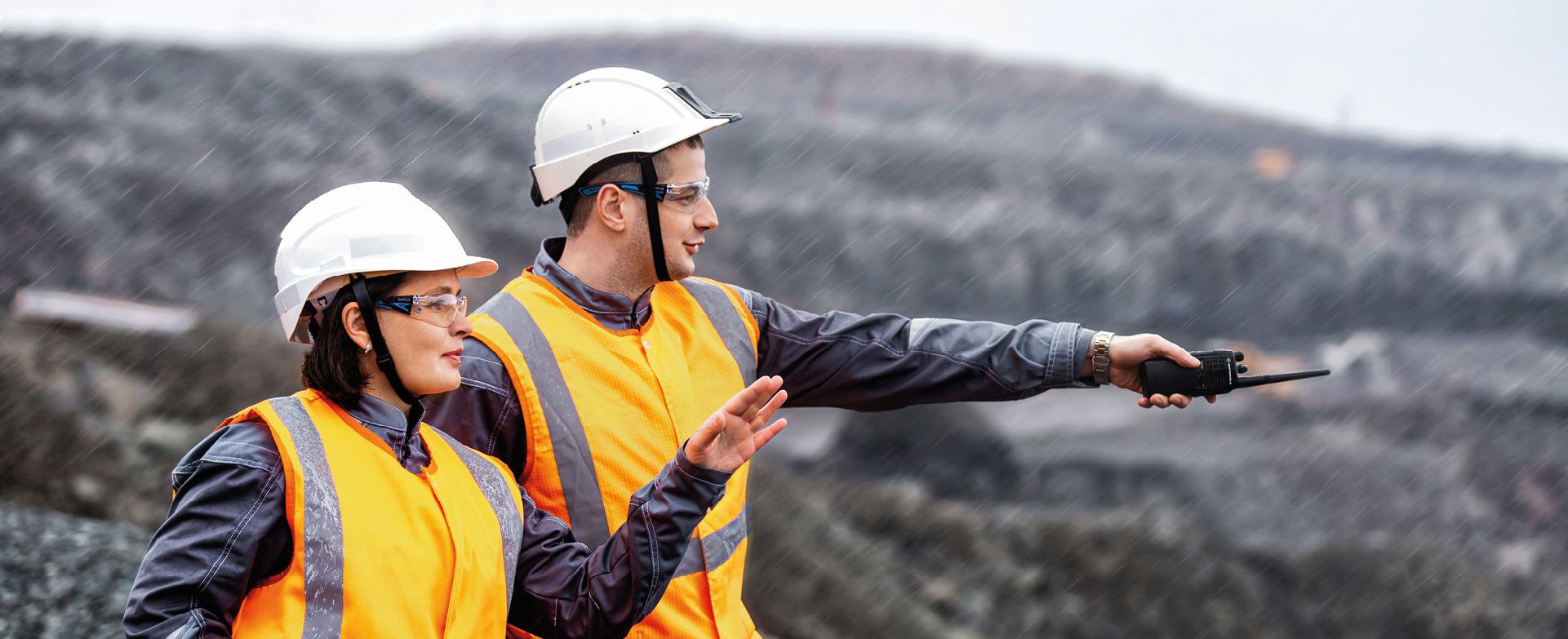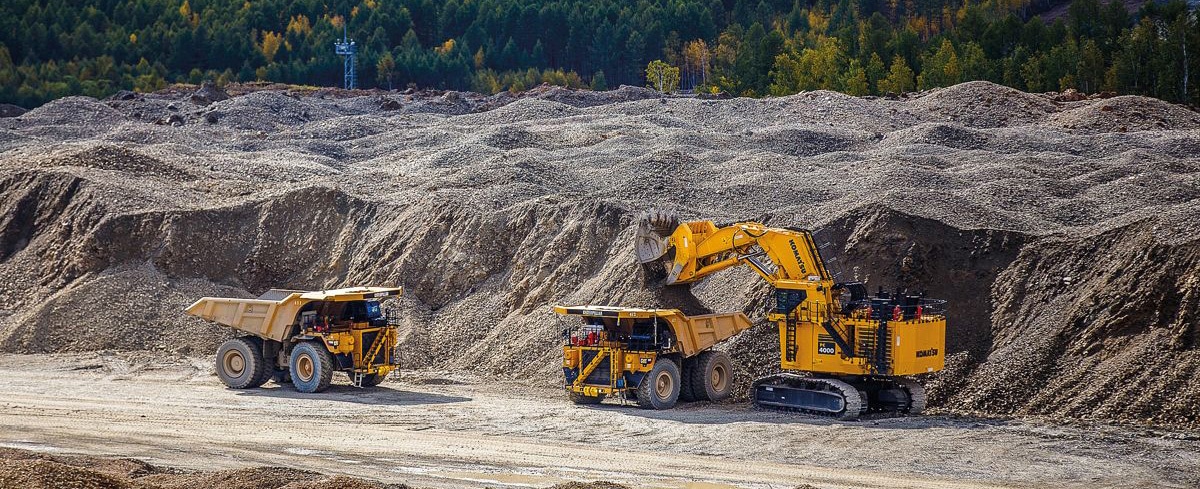H&S management at Nornickel
Employee health and safety (H&S) is one of Nornickel’s strategic priorities. This priority is set out in the Company’s three corporate values, the 2030 Socially Sustainable Development Strategy, Key Focus Areas in Occupational Health and Safety for 2023–2025, and MMC Norilsk Nickel’s Occupational Health and Safety Policy.
Key occupational health and safety goals
No major accidents at production sites: measures to prevent accidents at the Company’s facilities and the associated negative impact on local communities in operating regions or operational performance
Zero fatalities at production sites: a zero‑tolerance policy for work‑related fatalities
Safe working conditions and mitigation of risks associated with production processes

The health and safety management system in place at Nornickel applies to all Company employees and complies with Russian laws, international standards, and certification requirements, as well as internal policies and regulationsFor the full list of Norilsk Nickel’s H&S regulations, please see Nornickel’s 2023 Sustainability Report..
H&S responsibilities are allocated among Nornickel’s various governance bodies and units in line with their terms of reference.
Nornickel’s health and safety management system is highly mature and fully compliant with ISO 45001:2018 Occupational health and safety management systems. In December 2024, an independent audit of the health and safety management system was completed. The findings highlighted the successful application of a risk‑based approach to process management, continuous system improvement, and the development of safety culture and internal audit practices. Nornickel not only complies with all applicable standards but also actively works to improve internal processes.
Occupational safety management in the supply chain
Nornickel sources products and technical supplies on the domestic market through master agreements, which include a clause requiring the supplier to recognise and commit to generally accepted principles in human rights (including the right to safe working conditions) and labour relations, as set out in international legal instruments.
The principle of zero tolerance for any work-related fatalities and breaches of the Golden Rules of Safety is incorporated in the general terms and conditions of contractor agreements.

All works carried out by contractors in high‑risk environments must comply with the applicable corporate standard. Health and safety requirements, which must be followed during both the organisation and execution of works, are included in work permits, operations certificates, process sheets, and instructions. Compliance with these requirements is monitored on a shift‑by‑shift basis.
Before starting work, contractor employees take induction and task‑specific H&S briefings, including guidance on safety measures specified in work execution plans.
In addition to these briefings, contractor employees receive training from the Company’s specialists on the fundamentals of safety culture, behavioural safety audits, and dynamic risk assessment. In 2024, such training was delivered to 1.1 thousand contractor employees.
At the Group’s sites, regular joint inspections are carried out to monitor compliance with H&S requirements during work, alongside meetings of H&S councils (committees) involving contractor representatives. If contractors fail to comply with H&S requirements, penalties are imposed.
Any breach of the Golden Rules of Safety results in the removal of the contractor’s employees from the Company’s premises and a ban on accessing any Nornickel Group facility for a minimum of one year.
As part of its contractor management efforts, Nornickel introduced a new tool in 2024 for systematic quality and safety control of production processes – the repair audit, which is typically carried out by contractors.
The audit comprises three stages:
- Repair readiness assessment: before major repairs lasting from two weeks to one month, a team of experts assesses the planned and implemented proactive safety measures
- Contractor performance evaluation during the repair phase: this includes engagement with contractor managers, safety compliance checks using checklists, and the identification of problem areas and strengths
- Post‑repair analysis: conclusions and observations are documented to guide corrective actions and inform future similar repair works, corrective actions are developed
These audits also help identify employees whose work falls short of H&S standards. Such employees receive targeted support: meetings with management are arranged and individual development plans are drawn up, including commitments to improve their skills during routine maintenance activities.
In 2024, four audits were conducted at the Group’s sites in Monchegorsk, Chita, and Norilsk. Audit results suggest that work supervisors are improving their performance and paying greater attention to how their teams operate. The new initiative helps raise safety standards, mitigate risks through early detection of violations, ensure a more systematic approach to repair management, and promote process transparency through standardised assessment and documentation at each stage.
In the reporting year, the approach to setting H&S KPIs for project teams involved in major investment projects was revised.
The current incentive system is designed to encourage project teams to actively involve contractors in safe work practices – through regular communication, inspections, and audits.
The new system deliberately avoids incentives that might lead to the concealment of injuries or failure to report incidents. This approved proactive approach supports improved overall performance and helps project teams meet targets in terms of schedule and budget, while ensuring the necessary safety and quality standards are upheld.
In addition, a responsibility matrix was also developed for investment projects. This is particularly important given that construction sites are complex, constantly changing environments with a high risk of injury. The matrix has enabled clear allocation of responsibilities, ensuring that each participant in the process understands their role. Its practical implementation helps eliminate overlapping roles, reduces the risk of H&S breaches, streamlines collaboration between units, and fosters a strong safety culture. A pilot implementation of the responsibility matrix at one of the Group’s sites proved successful, with inspections confirming that processes were in line with established standards. Plans are in place to scale this practice across other Group enterprises.
In 2024, Nornickel held its second annual H&S session, bringing together representatives of key contractors. The event served as a platform for sharing experience, developing solutions, and delivering training aimed at reducing injury rates in the metals and mining industry. This year’s session was distinguished by its strong practical focus and emphasis on collaborative problem‑solving, which included expert presentations, training sessions, and brainstorming discussions. Participants gained access to best practices, including requirements for organisational and process documents as well as the use of personal protective equipment. Open dialogue between the Company and its contractors plays a key role in promoting the adoption of unified safety standards.
